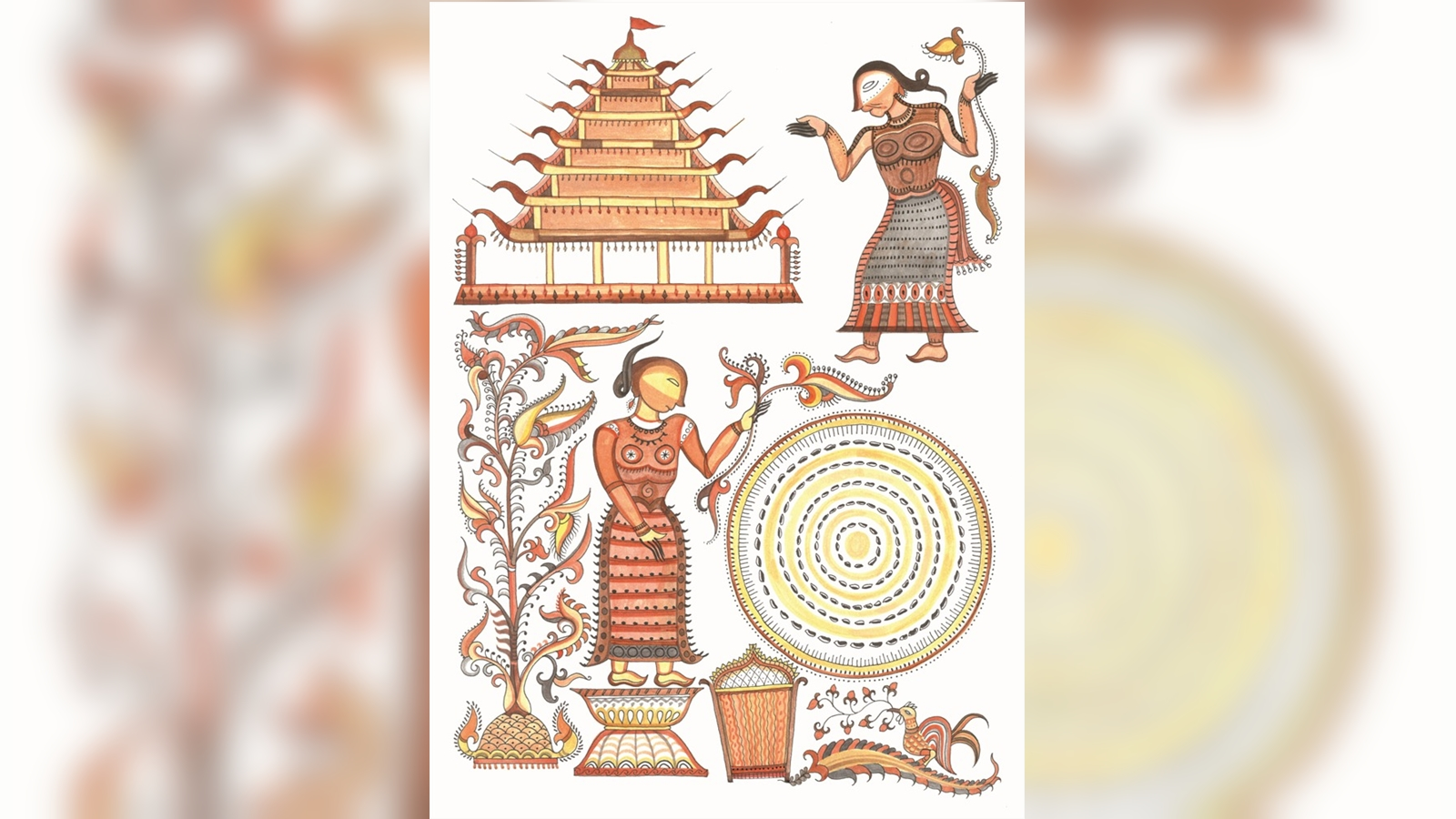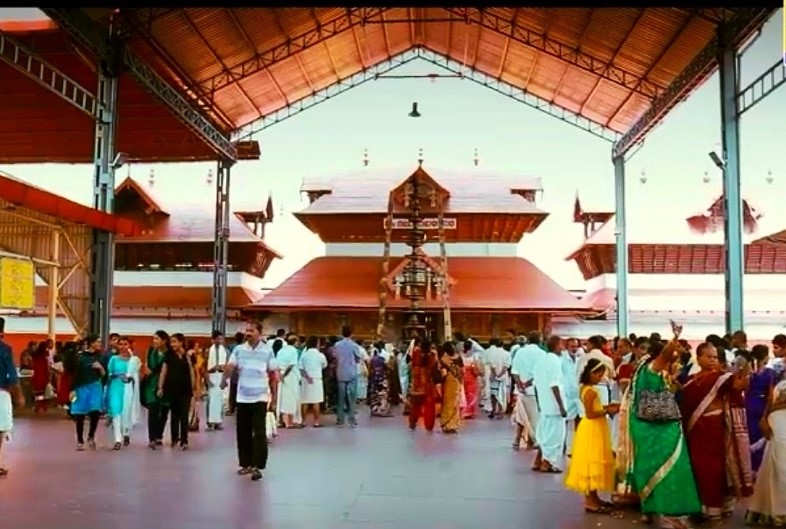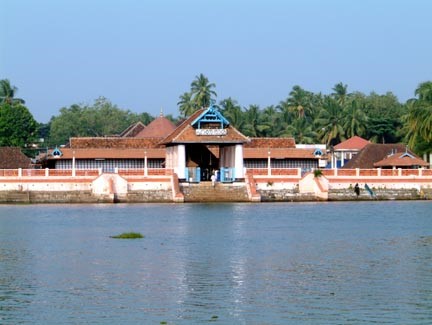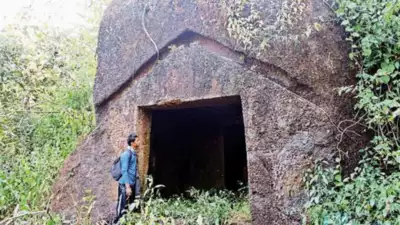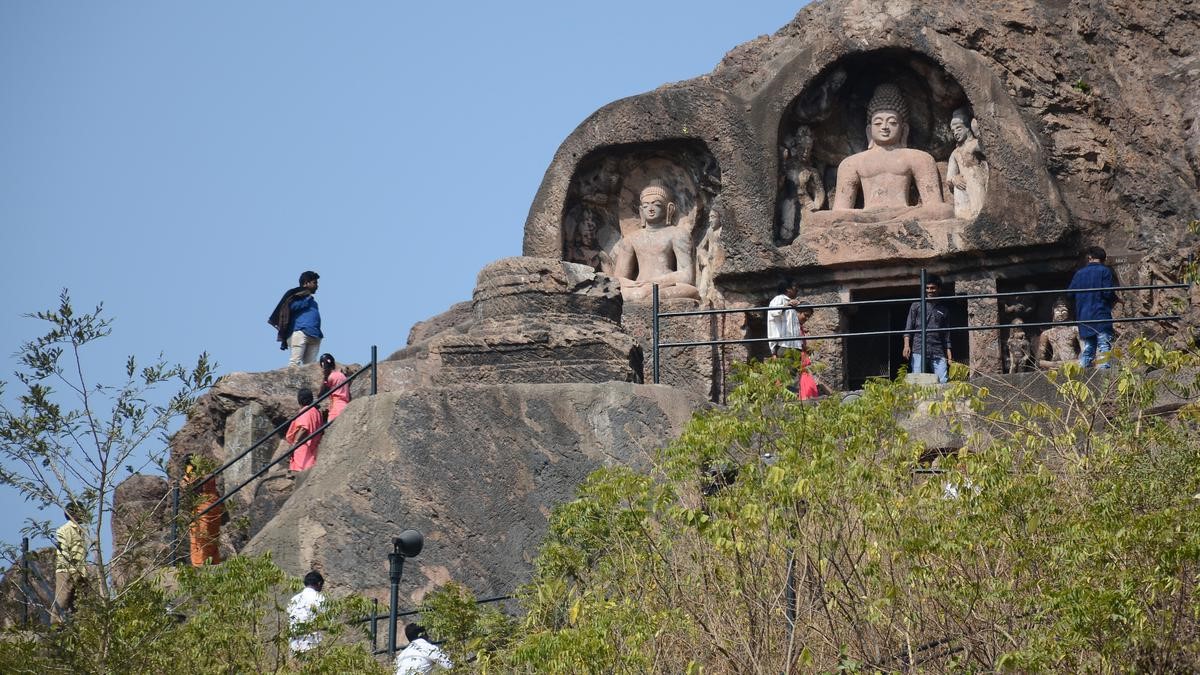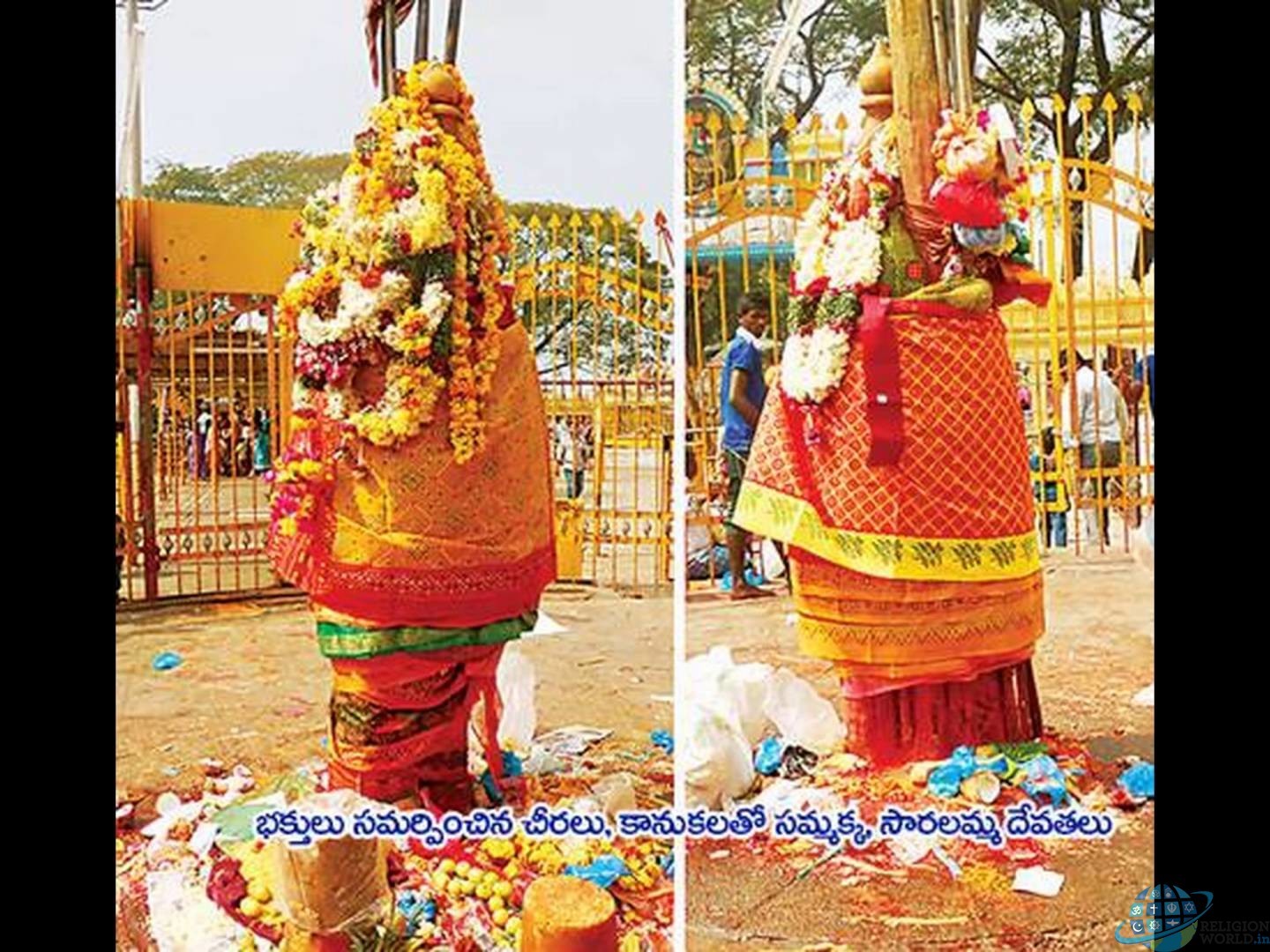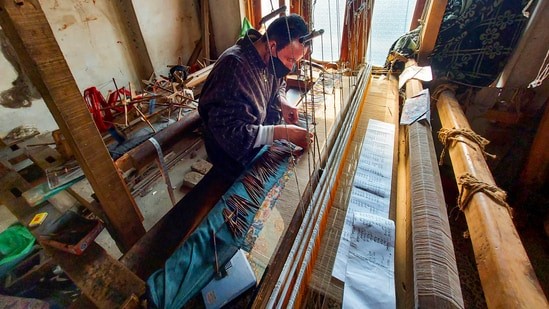Description
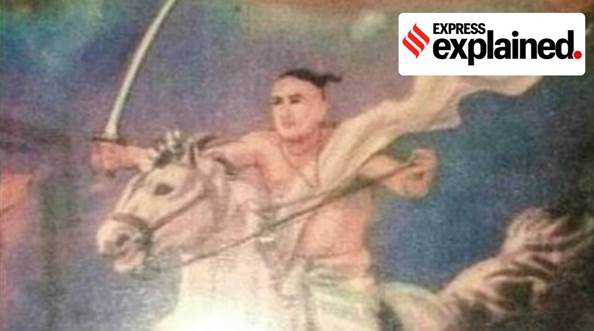
Copyright infringement not intended
Context: The recently-released Malayalam film Pathonpatham Noottandu (‘Nineteenth Century’), directed by Vinayan, has earned both critical acclaim and audience approval. It is based on the life of Arattupuzha Velayudha Panicker, a social reformer from the Ezhava community in Kerala who lived in the 19th century. Apart from Panicker, the film also focuses on the stories of Nangeli and Kayamkulam Kochunni, two other figures associated with social reform in 19th-century Kerala.
Who was Arattupuzha Velayudha Panicker?
- Born into a well-off family of merchants in Kerala’s Alappuzha district, Panicker was one of the most influential figures in the reformation movement in the state. He challenged the domination of upper castes or ‘Savarnas’ and brought about changes in the lives of both men and women.
- The social reform movement in Kerala in the 19th century led to the large-scale subversion of the existing caste hierarchy and social order in the state.
- Panicker is credited with building two temples dedicated to the Hindu god Shiva, in which members of all castes and religions were allowed entry. One was built in his own village Arattupuzha in 1852, and one in Thanneermukkom in 1854, another village in the Alappuzha district.
- Some of his most significant contributions were in protesting for the rights of women belonging to Kerala’s backward communities.
- In 1858, he led the Achippudava Samaram strike at Kayamkulam in Alappuzha. This strike aimed to earn women belonging to oppressed groups the right to wear a lower garment that extended beyond the knees.
- In 1859, this was extended into the Ethappu Samaram, the struggle for the right to wear an upper body cloth by women belonging to backward castes.
- In 1860, he led the Mukkuthi Samaram at Pandalam in the Pathanamthitta district, for the rights of lower-caste women to wear ‘mukkuthi’ or nose-ring, and other gold ornaments.
- These struggles played an important role in challenging the social order and in raising the dignity of women belonging to the lower strata of society in public life.
- Apart from issues related to women, Panicker also led the first-ever strike by agricultural labourers in Kerala, the Karshaka Thozhilali Samaram, which was successful.
- He also established the first Kathakali Yogam (area-based schools for the classical dance form Kathakali) for the Ezhava community in 1861, which led to a Kathakali performance by Ezhavas and other backward communities, another first for them.
- Panicker was murdered by a group of upper-caste men in 1874 at the age of 49. This makes him the ‘first martyr’ of the Kerala renaissance.
- Apart from his work as a social reformer, Panicker was a master of Kalaripayattu, the traditional martial arts practised in Kerala, which is also considered the oldest of its kind in India. He excelled in other sports as well, including wrestling, swimming and horseback riding.
- He was given the title of ‘Panicker’ by the then-king of Travancore in 1869.
- In 2005, the Kerala government inaugurated the Arattupuzha Velayudha Panicker Research Foundation and Cultural Centre in Thiruvananthapuram.
Who are the other social reformers in the film?
- Nangeli was an Ezhava woman who is said to have lived in the 19th century in Alappuzha. She supposedly cut off her breasts to protest the ‘breast tax’ imposed by the Kingdom of Travancore on women belonging to lower castes.
- According to a BBC report from 2016, women from lower castes were not allowed to cover their breasts and were taxed heavily if they did so. However, the same BBC report says that Nangeli’s story is “not officially recognised in any of India’s historical accounts.”
- Another person depicted in the movie is Kayamkulam Kochunni, a Robin Hood-like figure in 19th century Alappuzha, whose stories are an integral part of Kerala’s folklore. There is a shrine dedicated to him at Kozhencherry in the Pathanamthitta district, and a small museum at Varanapalli in his native Kayamkulam.

https://indianexpress.com/article/explained/arattupuzha-velayudha-panicker-malayalam-movie-pathonpatham-noottandu-8149074/








